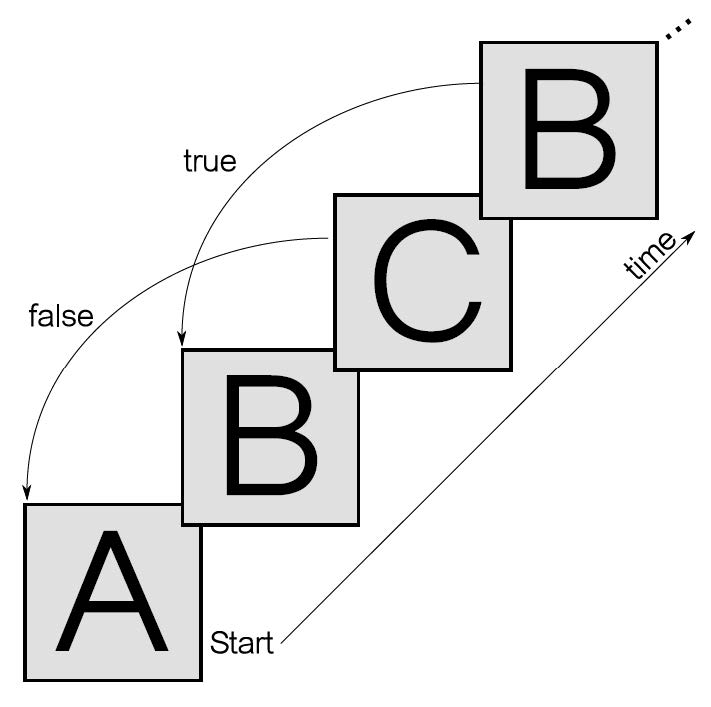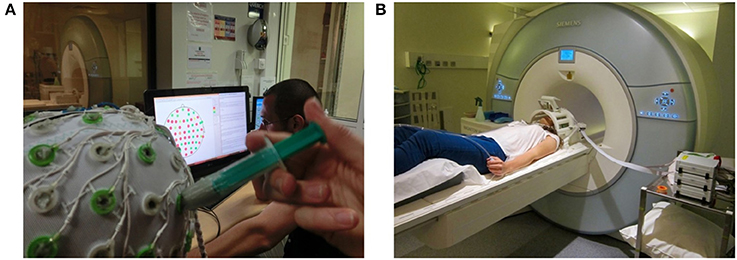Section: New Results
Brain-Computer Interfaces
BCI methods and techniques
Designing Guiding Systems for BCI
Participants: Nataliya Kosmyna and Anatole Lécuyer
The Brain–Computer Interface (BCI) community has focused the majority of its research efforts on signal processing and machine learning, mostly neglecting the human in the loop. Guiding users on how to use a BCI is crucial in order to teach them to produce stable brain patterns. In [5] we explored the instructions and feedback for BCIs in order to provide a systematic taxonomy to describe the BCI guiding systems. The purpose of our work was to give necessary clues to the researchers and designers in Human–Computer Interaction (HCI) in making the fusion between BCIs and HCI more fruitful but also to better understand the possibilities BCIs can provide to them.
Towards Understanding Inverse Models in BCI
Participants: Jussi Lindgren
In the scope of the LABEX CominLabs project "SABRE", we have investigated the applicability of physiology-based source reconstruction for Brain-Computer Interfaces. The BCI interfaces leave a lot to be desired in terms of their accuracy and speed. Can source reconstruction help? We explained how the source reconstruction techniques relate to the currently mainstream machine learning methods that may recover the sources implicitly [6]. We explained the different approaches in a common linear dictionary framework and review the different ways to obtain the dictionary parameters. Our analysis suggests physiological source reconstruction may improve BCI accuracy if machine learning is not used or where it produces less optimal parameters. We considered the effect of source reconstruction on some major difficulties in BCI classification, namely information loss, feature selection and nonstationarity of the EEG. The provided analysis and discussion should help in understanding, applying, comparing and improving such techniques in the future.
Cognitive Demand of BCI
Participants: Andeol Evain, Ferran Argelaguet and Anatole Lécuyer
BCIs are presumably supposed to require the full attention of their users and to lose accuracy if they pay attention to another task. This assertion has been verified with several BCI paradigms (e.g. P300). But the cognitive demand of the promising SSVEP paradigm had never been specifically assessed yet. In [16] we measured the accuracy of an SSVEP-based BCI used by 26 participants in various conditions of mental workload. Our analysis revealed that surprisingly, for this type of BCI, little attention is actually needed from participants to reach optimal accuracy: participants were able to successfully perform a complex secondary task (N-back) without degrading the BCI accuracy. The same observation was made whether visual or auditive attention was solicited. These results indicate that SSVEP is a low-demanding paradigm in terms of cognitive resources, and are encouraging for its use in complex interaction settings.
This work was done in collaboration with MJOLNIR team.
Neurofeedback
How to Build a Hybrid Neurofeedback Platform Combining EEG and fMRI
Participants: Marsel Mano, Lorraine Perronnet and Anatole Lécuyer
Multimodal neurofeedback estimates brain activity using information acquired with more than one neurosignal measurement technology. We have studied and described how to set up and use a hybrid platform based on simultaneous electroencephalography (EEG) and functional magnetic resonance imaging (fMRI), then we illustrated how to use it for conducting bimodal neurofeedback experiments in [21]. This work is intended for those willing to build a multimodal neurofeedback system, to guide them through the different steps of the design, setup, and experimental applications, and help them choose a suitable hardware and software configuration. Furthermore, we reported practical information from bimodal neurofeedback experiments conducted in our lab (see Figure 14). The platform that we presented has a modular parallel processing architecture that promotes real-time signal processing performance and simple future addition and/or replacement of processing modules. Various unimodal and bimodal neurofeedback experiments conducted in our lab showed high performance and accuracy. Currently, the platform is able to provide neurofeedback based on electroencephalography and functional magnetic resonance imaging, but the architecture and the working principles described here are valid for any other combination of two or more real-time brain activity measurement technologies.
|
This work was done in collaboration with VISAGES team.
Unimodal Versus Bimodal EEG-fMRI Neurofeedback of a Motor Imagery Task
Participants: Lorraine Perronnet and Anatole Lécuyer
Neurofeedback is a promising tool for brain rehabilitation and peak performance training. Neurofeedback approaches usually rely on a single brain imaging modality such as EEG or fMRI. Combining these modalities for neurofeedback training could allow to provide richer information to the subject and could thus enable him/her to achieve faster and more specific self-regulation. Yet unimodal and multimodal neurofeedback have never been compared before. In [8] we introduced a simultaneous EEG-fMRI experimental protocol in which participants performed a motor-imagery task in unimodal and bimodal NF conditions (see Figure 15). With this protocol we were able to compare for the first time the effects of unimodal EEG-neurofeedback and fMRI-neurofeedback versus bimodal EEG-fMRI-neurofeedback by looking both at EEG and fMRI activations. We also proposed a new feedback metaphor for bimodal EEG-fMRI-neurofeedback that integrates both EEG and fMRI signal in a single bi-dimensional feedback (a ball moving in 2D). Such a feedback is intended to relieve the cognitive load of the subject by presenting the bimodal neurofeedback task as a single regulation task instead of two. Additionally, this integrated feedback metaphor gives flexibility on defining a bimodal neurofeedback target. Participants were able to regulate activity in their motor regions in all NF conditions. Moreover, motor activations as revealed by offline fMRI analysis were stronger during EEG-fMRI-neurofeedback than during EEG-neurofeedback. This result suggests that EEG-fMRI-neurofeedback could be more specific or more engaging than EEG-neurofeedback. Our results also suggest that during EEG-fMRI-neurofeedback, participants tended to regulate more the modality that was harder to control. Taken together our results shed first light on the specific mechanisms of bimodal EEG-fMRI-neurofeedback and on its added-value as compared to unimodal EEG-neurofeedback and fMRI-neurofeedback.
|
This work was done in collaboration with VISAGES team.
Investigating Neurophysiological Correlates of Covert Attention in Soccer Goalkeepers
Participants: Camille Jeunet, Ferran Argelaguet and Anatole Lécuyer
Soccer goalkeepers must process information from their peripheral vision at the same time they look towards the ball. This ability, committing attention to a position other than the fixation point, is called Covert Visuo-Spatial Attention or CVSA. CVSA being essential to reach high performances, it is primordial to find innovative and efficient ways of improving it. Neurofeedback, which consists in training specific brain features in order to enhance a cognitive ability, has been proven to increase attentional abilities. Also, different studies have suggested the existence of a neurophysiological marker specific to covert attention: a lateralised modulation of the alpha waves in the visual cortex. Moreover, it has been shown possible to compute this marker online, thus opening the door to a potential neurofeedback training procedure. In this view, we have proposed in a first instance to further investigate the relevance of this marker for soccer goalkeepers. The objective was here to answer the following questions: Is this marker transferrable to goalkeepers? How stable is it across athletes? Does it depend on their expertise?
This work was presented at the World Conference on Science and Soccer (Rennes, France, May 2017). It was done in collaboration with M2S Laboratory and EPFL.




